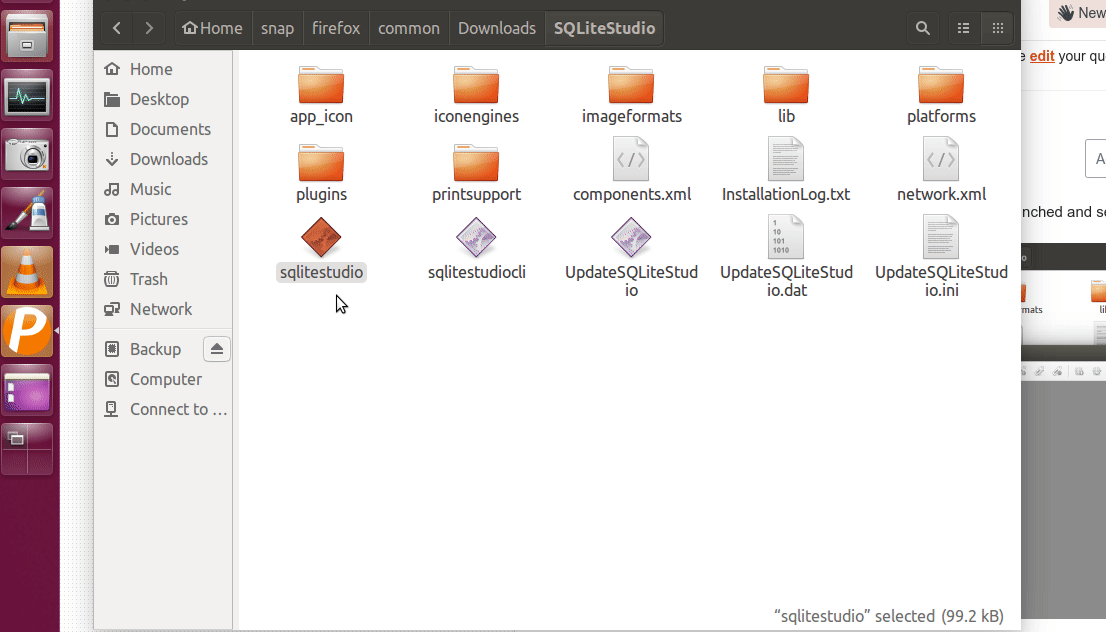

- #Sqlitestudio see relationships how to
- #Sqlitestudio see relationships archive
- #Sqlitestudio see relationships download
#Sqlitestudio see relationships how to
Now we will see how to use count() function in SQLite to get the total number of rows based on the value of an expression with examples for that we need to create two tables called dept_master and emp_master using the following query. – If we need to count the number of rows available based on particular Expression value then we need to use Group By. For example another scripting language can be added with plugin. – If we have any specific conditions to count a number of rows available then we need to specify WHERE based on our requirements. SQLiteStudio supports plugins of several categories. The example program examples/example1/main.py uses the relationships. Tablename – Its name of the table which we wish to retrieve records from. Youll see more of this when you use the file to create an SQLite database file. First, use the command line program and navigate to the SQLite directory where the sqlite3.exe file is located: c:sqlite>.
#Sqlitestudio see relationships archive
It’s intended more for getting to know or discussing a database rather than generating a static archive for saving/sending.
#Sqlitestudio see relationships download
In case if we need to get the total number of DISTINCT values then we need to specify it with expression.Įxpression – Its column or expression which we used to count number of non-NULL values available in the table. Relationships are named by verbs so I first see if the relationship name makes sense, though often I use the gerund or noun (if it exists) form. You download it, run it with schema-explorer.exe -driver sqlite -sqlite-file your/sqlitefile.db and it fires up a website visible only to you including diagrams that you can click around and views of the data. Click on the browse button: You will see filesystem browsing dialog (this may look different on various operating systems): In this dialog go to directory where you want to create your database and type in the file name for your database (on the image above it's 'test.db'). Class Central aggregates courses from many providers to help you find the best courses on almost any subject, wherever they exist. In above SQLite count() function syntax, we defined multiple parameters those areĭISTINCT | ALL – By default SQLite count() function uses ALL to count the number of rows in a table based on given expression so ALL is an Optional we don’t need to specify it separately. SELECT COUNT ( DISTINCT | ALL Expression ) from tablename Drag the file (Strong.isalex) onto the left sidebar in SQLiteStudio and click OK Double-click on the new database ('Strong') You will see 2 tables, 'Lemma' and 'TBInfo', both with 2 columns each.


 0 kommentar(er)
0 kommentar(er)
